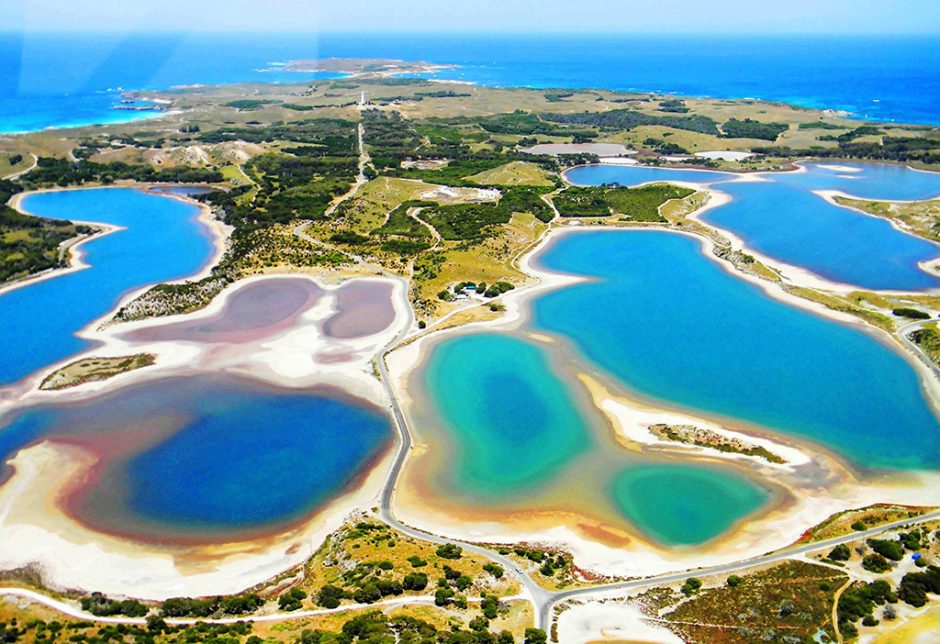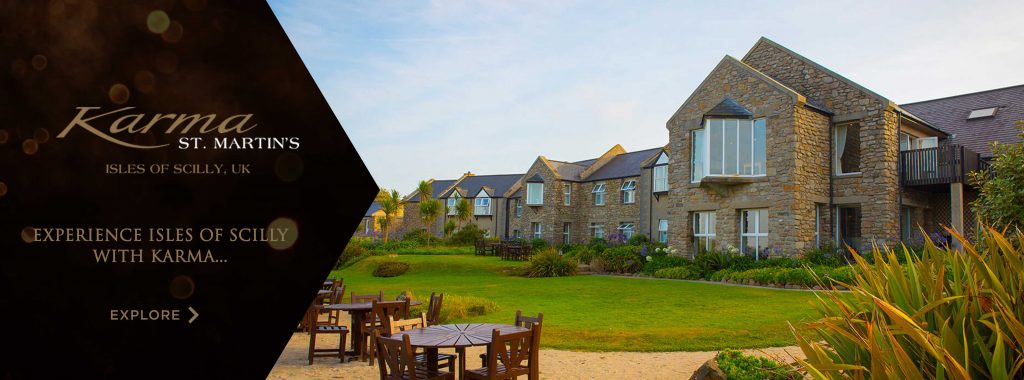Located only nineteen kilometres off the coast of the Western Australian capital city of Perth, Rottnest Island offers a wealth of sights and activities for people of all ages.
Rottnest sightseeing is especially easy given the island’s car-free roads, walkways and bike paths – you’re never too far from a pristine beach to explore, a standing piece of history or one of the island’s many wild places.
Rottnest Sightseeing – Beaches Galore
Rottnest Island is great to explore all year round, but it’s in summer when ‘Rotto’, as it’s colloquially known, really turns on the charm. The island’s 63 secluded beaches and 20 bays are some of the most unspoilt – and beautiful – anywhere in the world.
There’s a beach to suit every taste and every watersport you can imagine. The southern Indian Ocean’s currents and unobstructed approach to Rottnest’s western shoreline make for spectacular surfing year round. Popular surf breaks include Cathedral Rocks – or ‘Thedrals’ as the locals call it, which is a reef break on the island’s western side – and Strickland Bay, voted one of the Top 50 breaks in the world.
Those looking for a more relaxed day out at the beach will enjoy The Basin and Thomson Bay. The Basin is particularly well known as a great place to snorkel and check out the local marine life, while Thomson Bay is conveniently located in front of the main settlement and includes a roped-off area for swimming.
Wifelife abounds
No Rottnest sightseeing adventure is complete without checking out the island’s many native animal and plant species, both in and out of the water. Rottnest’s cast of critters includes the most endearing of marsupials, the Quokka. The island’s Quokkas are so used to curious humans they’ll even pause in their snuffling and chewing for the occasional photo op. Just be sure to keep a respectful distance and never try to grab, touch or harm a Quokka; like all other animals on Rottnest, they are protected by law.
The island’s naturally occurring salt lakes are a haven for birdlife and an ornithologist’s dream – species include silver gulls, osprey, and the banded stilt, just to name a few. The lakes themselves are alive with brine shrimp, a primary food source for many of the island’s birds.
There’s also plenty of critters in and under the water. From the Cathedral Rocks viewing platform, visitors can catch a gander at Rottnest’s resident population of New Zealand fur seals. Further offshore, visitors may see migrating humpback whales, southern right whales, Bottlenose dolphins and even the mighty blue whale – the largest animal known to have ever existed. Add to this the wealth of fish, crustacean, and coral species under the waves and your inner wildlife enthusiast is set to burst with excitement.
Getting around
For most, the best way to see Rottnest Island is by bicycle. The island’s bike paths and predominantly car free roads make for an idyllic day out on two wheels. There’s no need to BYO bike – the island boasts a substantial rental facility, with bikes to suit people of all ages and heights.
The island also offers a free shuttle bus service between the main accommodation areas of the island, so one can head into the settlement for a drink or two at the Governor’s Bar and not have to peddle it home afterwards.
Importantly, the island is also disability friendly: pathways are in excellent condition, and access ramps are included at almost all of the island’s major beaches, historical sites and accommodation options.
For more information on Rottnest sightseeing, visit us at Karma Rottnest.


wow. that is wonderful. is there any entry fee to enter Rottnest island ?